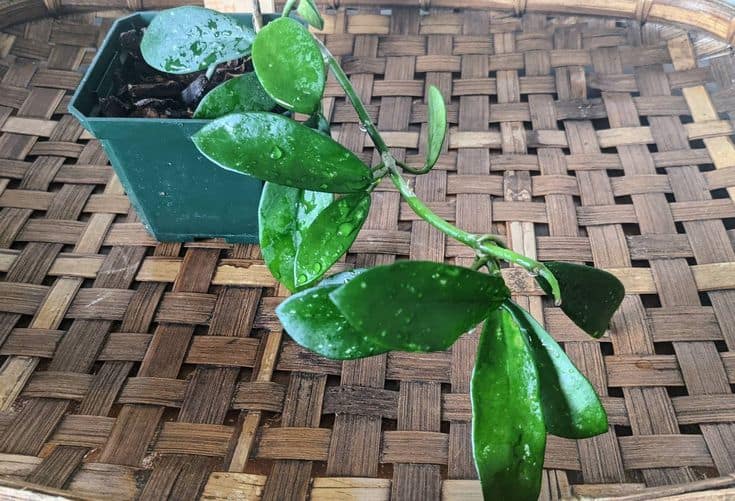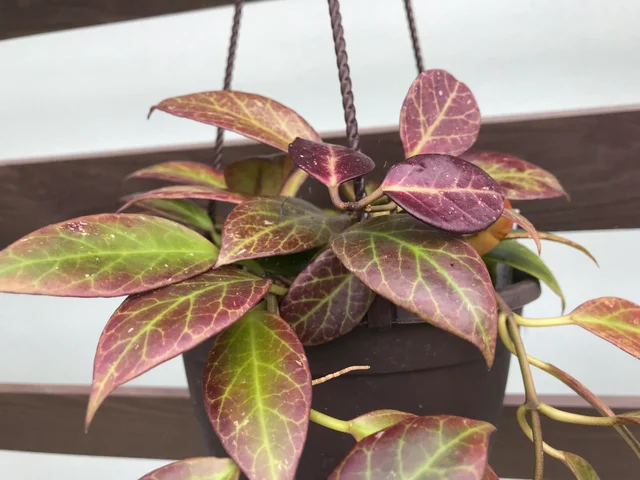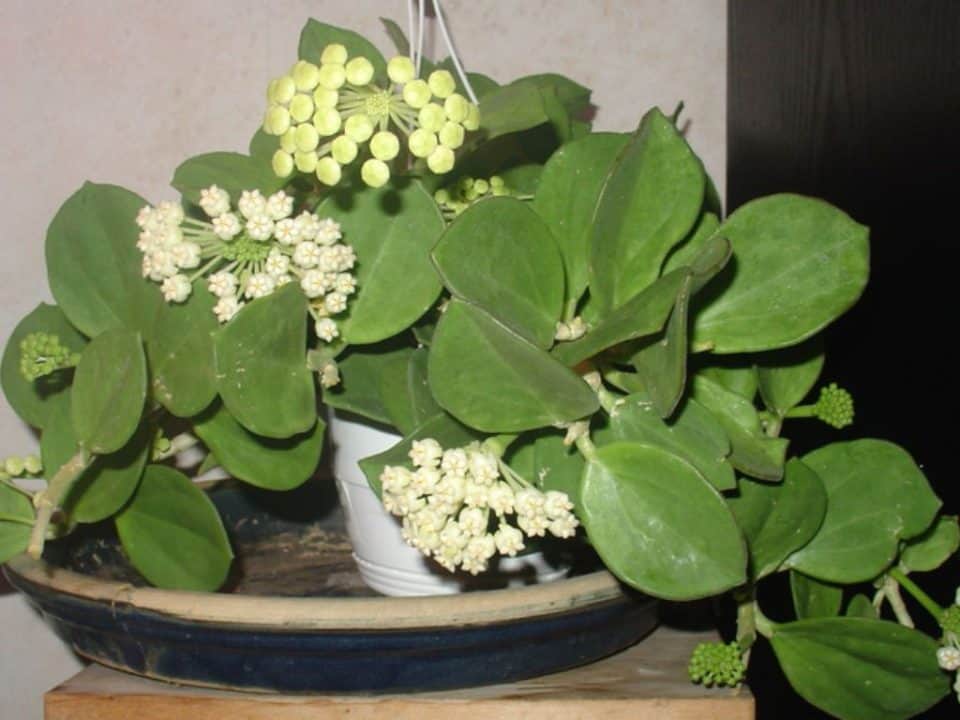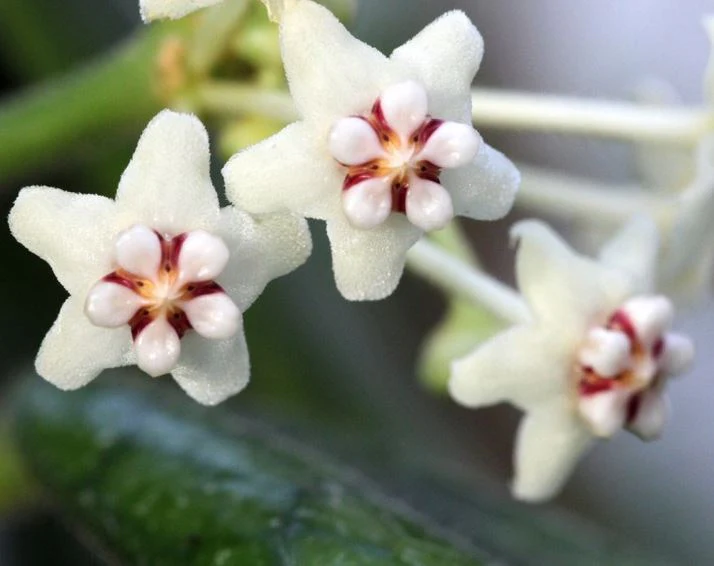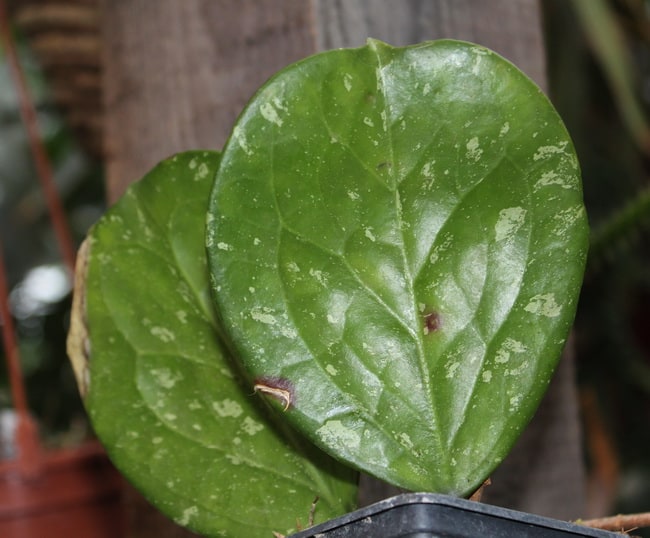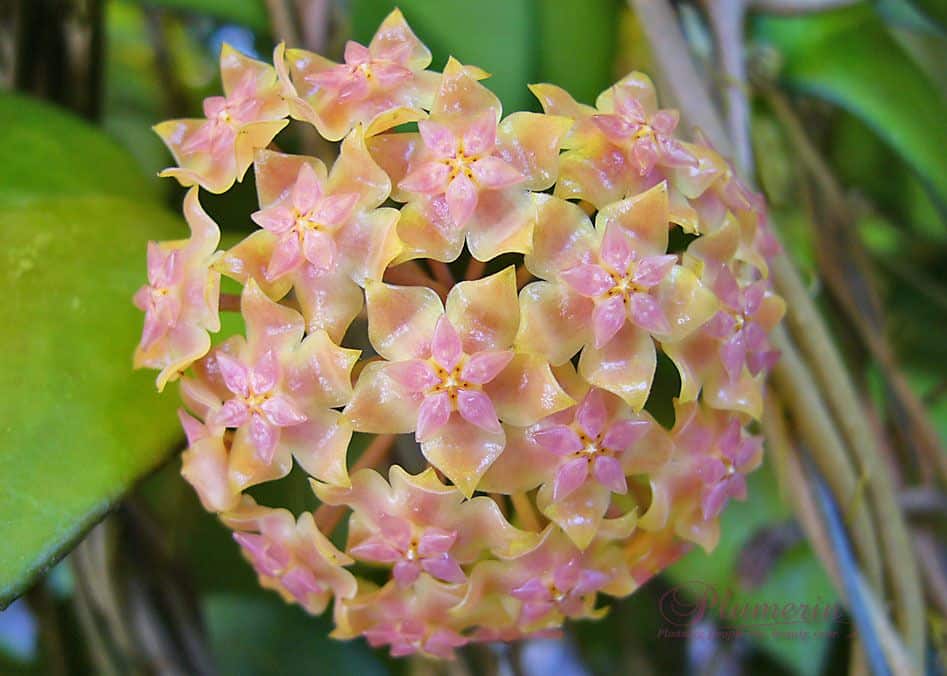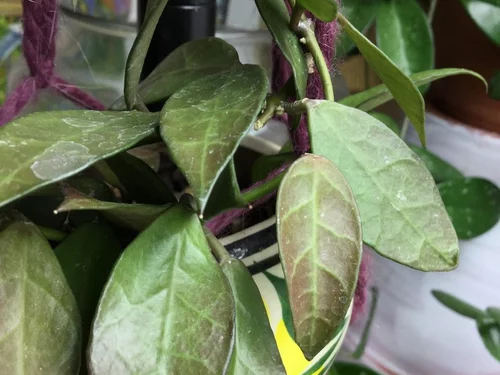Hoya diversifolia (also known as Wax Plant or splash leaves) is an epiphytic vine that hails from the rainforests of Asia and Australia, and gets its name from the waxy coating on its leaves and stems, which helps protect the plant from temperature fluctuations and insect attacks.
Hoya diversifolia care is easy, but there are some special tips to keep in mind if you want to get your Wax Plant healthy, and with a beautiful appearance.
If you love tropical houseplants but don’t have the space or time to grow all of them, consider Hoya diversifolia. Known by many names, including Hoya carnosa and Wax Plant, the diversifolia hoya can be grown indoors in even the smallest living spaces.
Like other Hoya plants, it benefits from plenty of sunlight and careful pruning to keep it healthy and beautiful for years to come.
Here are perfect hoya diversifolia propagation and care tips to follow while growing your plant to ensure that it remains healthy and happy in your home or office.
Origin and descriptions
Hoya diversifolia is a member of a huge family of plants called Apocynaceae, which are also known as dogbane. They’re native to Southeast Asia and Australia. Hoya diversifolia is an epiphyte, meaning it grows upon another plant for support but does not actually live on that plant.
The leaves are thick and leathery with deep grooves running along their length. The flowers grow in clusters at branch tips and have five petals in shades of pink or purple. They bloom from spring through fall. This hoya can be propagated by cutting off individual stems and rooting them in water.
It can also be grown from seed, although germination may take several months. A mature plant will produce several pups over time, which can be removed and rooted. In addition to growing in pots, you can grow your hoya inside a tree fern (Cyathea sp.) basket if you keep your plant outside during warm weather.
When night temperatures drop below 50 degrees Fahrenheit (10 degrees Celsius), bring your plant inside until nighttime temperatures return to above freezing again.
Hoya diversifolia propagation
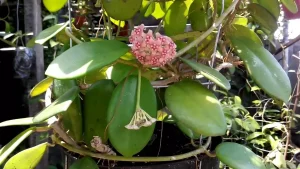
Hoya is best propagated by stem cutting. Using a sharp, sterilized blade, cut stems that are one to two inches long from healthy plants with multiple growth nodes (the little bulges where leaves grow out from). Use a rooting hormone to help promote new root growth.
Place these pieces in moistened coconut husk for about three weeks, then move them into either sphagnum moss or perlite until roots appear. Once they do, you can transplant your hoya into any standard potting soil and place it under bright indirect light.
Keep it well-watered but not soggy, and fertilize once every month with a balanced liquid fertilizer. As always, be sure to research specific care instructions for your particular variety of hoya.
Hoya diversifolia care information
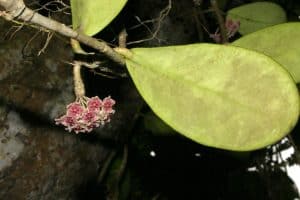
Hoya diversifolia is easy to care for and propagate. It requires minimal maintenance, but do not neglect it either. If your plant looks a little sad when you first bring it home, don’t fret; just follow these basic tips and within a few weeks it will be happy again. Follow these tips to keep your Hoya diversifolia healthy for years to come.
Light requirements
Provide medium-to-bright indirect light in order to keep your Hoya looking its best. A windowsill facing east or west is ideal, as long as there are no direct sun rays hitting your plant during the day.
You can also use fluorescent lighting for 8 hours per day or grow lights for 16 hours per day if you have no natural light source available. The most important thing is that you provide bright indirect light without direct sunlight throughout the day.
Hoya plants appreciate six hours of full sun per day but will tolerate partial shade.
Soil/potting mix
Hoyas are epiphytes, and therefore like to be potted in a soil-less medium. If you have a local nursery, ask what they recommend for tropical houseplants. The medium should be very porous, so that water drains well from it. The soil also shouldn’t retain too much moisture, as hoyas don’t like soggy roots.
A good mix is one part peat moss, one part perlite or vermiculite, and one part coarse sand. You can also use a commercial potting mix available at most nurseries. Whatever medium you choose, make sure it has excellent drainage properties – if not, your plant will quickly become rootbound (when roots fill up all of the available space in a container).
Watering
You’ll need to water Hoya Diversifolia regularly, but avoid overwatering. It’s better to water once every few days than it is to overwater and cause root rot. Allow soil to dry out almost completely between watering sessions.
To encourage optimal growth and reduce transplant shock, use a plant mister or a fine-mist spray bottle to lightly spritz roots whenever you see them looking thirsty.
Don’t drench your plants in a steady stream of water—you want to keep humidity levels high around their leaves, not create rain clouds overhead! If your plants begin to wilt during warm months, increase ventilation in your home by opening windows and turning on fans.
Avoid placing pots near heating vents. Finally, make sure you check on your hoya frequently during the hot summer months; if they get too hot (which can happen quickly), they will drop their leaves as a survival mechanism.
Fertilizer
Hoya requires only a minimum amount of fertilization, but that doesn’t mean you should skip it altogether. They produce leaves that contain an enzyme called chlorophyll, which allows them to store energy from sunlight in a process called photosynthesis.
Chlorophyll also helps absorb nutrients from fertilizer. Keep in mind, however, that too much fertilizer can cause your plant to grow too fast and become leggy. Feeding plants once every two weeks is usually sufficient.
Use a balanced houseplant food with an NPK ratio of 5-10-5 or 10-10-10, applying at half strength every time you water.
Temperature
Hoya diversifolia plants do best when kept in warm conditions, although they are known to endure temperatures down to 65 degrees Fahrenheit (18 Celsius). They can be acclimated to colder weather by gradually lowering their temperature over time.
Humidity
Be careful when using Hoya in humid environments. Too much humidity will cause your plant to get moldy, rot, and die; not enough humidity can cause brown spots on your plant’s leaves.
If you notice either of these problems, try misting your Hoya with water once a day. If that doesn’t work, try moving it to a more humid environment or purchase a humidifier for it. The ideal humidity for Hoyas is between 50% and 70%.
Pruning
No special pruning is required for Hoya diversifolia, but you can always remove a few dead leaves from a plant with multiple stems to keep it tidy. However, if you plan on propagating your Hoya, it’s best to pinch back new growth every so often during its growing season.
This will encourage more bushy growth and make it easier to take cuttings later on. Be careful not to over-prune your plant or you might accidentally kill it! Also, be sure to use clean equipment when taking cuttings; diseases can spread easily between plants through infected tools.
When to repot
Repotting the diversifolia hoya should be done every two to three years. The best time of year to repot a hoya is spring. Repotting in summer can lead to excess transpiration, which will cause your plant stress and weaken it.
In winter or fall, you run the risk of overwatering; if your plant dries out too much during dormancy, it will not have enough strength when spring comes around.
It’s important to remember that hoyas are tropical plants, so they need warmth at all times. If you live in an area where temperatures drop below 50 degrees Fahrenheit for long periods of time, consider keeping your hoya indoors until spring arrives.
Dormancy
In order to ensure your Hoya Diversifolia survives its winter dormancy, a few steps must be taken. First of all, you must choose a time in which there is no chance of frost and cold weather.
Secondly, your plant will need to be given at least a three-month dormancy period before it enters its winter rest state. The best way to do so is by leaving it on a windowsill in an area that has relatively warm temperatures throughout.
Flowers & fragrance
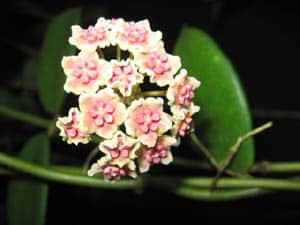
Hoya diversifolia (Waxflower) is a beautiful tropical perennial with attractive foliage and tiny white flowers that smell like peaches. Like most Hoyas, Hoya diversifolia does best when not moved for more than one season, but if you are moving it to a location where it will experience colder temperatures, be sure to harden off your plant first!
Growth rate
Hoya diversifolia is an excellent plant for beginner plant enthusiasts. Because of its slow growth rate, the diversifolia hoya makes a good candidate for a beginner in propagating plants and caring for them.
The process to care for Hoya diversifolia is easy but slow, which can be frustrating if you are looking to see immediate results from your efforts. However, over time, your diversifolia plant will look more beautiful as it grows with proper care and attention.
Toxicity
The toxicity of the diversifolia hoya is slightly higher than that of other popular houseplants and most people experience no negative effects. The sap may cause contact dermatitis on sensitive skin, and it can irritate the eyes if it comes in contact with them. Keep away from children, especially those with sensitive skin or eyes.
USDA Hardiness Zones
Hoya diversifolia is hardy in USDA Hardiness Zones 9-11. In colder areas, keep it as a houseplant or potted plant on your patio. Use caution if you bring it inside for an extended period; moving from one climate to another can shock it and cause it to drop leaves. You’ll also want to provide plenty of bright light—but not direct sunlight—when growing indoors.
Pests and diseases
Hoya plants are sensitive to pests and diseases, which can destroy or damage your plant. Fortunately, with a little care and some natural pest deterrents, you can keep your Hoya clean and healthy without resorting to harmful chemicals.
If you notice any signs of disease or pest infestation, be sure to treat it immediately in order to save your plant.
Common issues include spider mites, mealybugs, aphids, and scale insects. These insects suck sap from your plant’s leaves and cause brown spots on its leaves; they also excrete honeydew on leaves that attract black sooty mold that damages foliage further. Another common issue is powdery mildew—the whitish or gray growth often found on Hoya foliage.
Conclusion
The diversifolia hoya is a tropical plant which means it needs warmth and humidity to survive.
It doesn’t need much light or fertilizer, but it does require water. Although it’s easy to maintain hoya plants, if you are still unsure about how to take care of your plants, consult an expert.
They will be able to help you with any questions that you may have. You can also find many online resources on hoya plant care and propagation tips.
